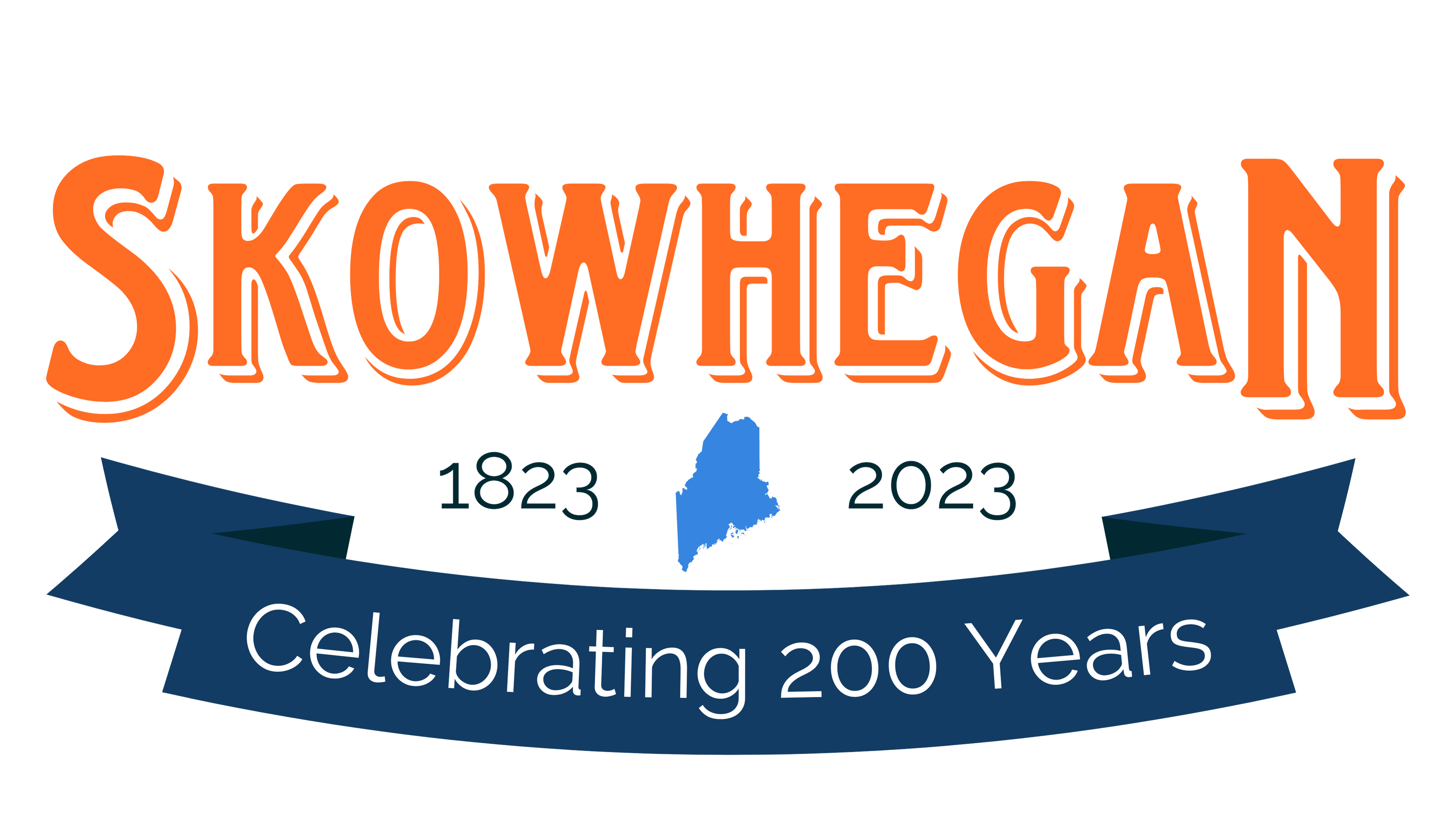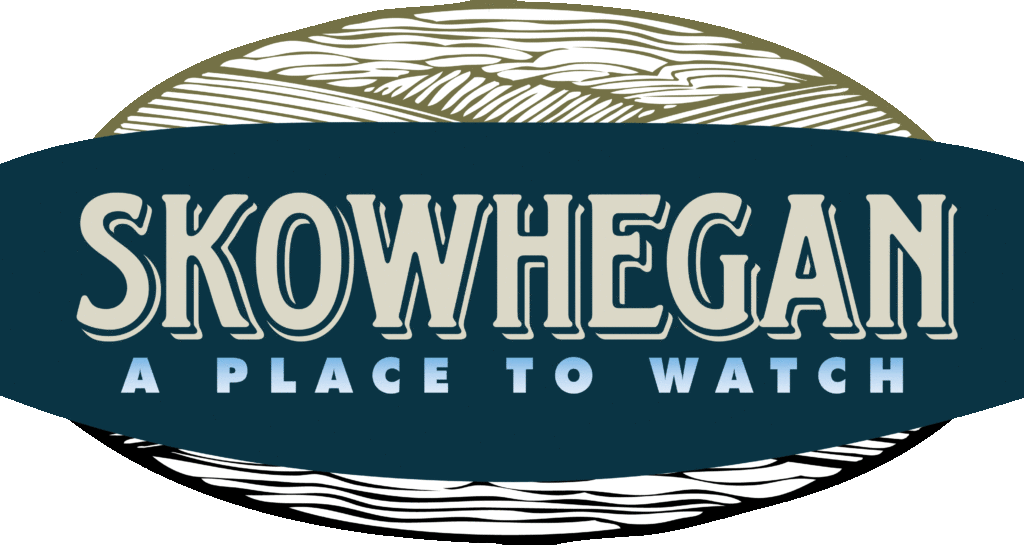Skowhegan Bicentennial

A Brief History…
What is significant about the date February 5, 1823? In order to understand its significance, we must look further back in history and honor the Wabanaki who lived along the banks of the great Kennebec River and whose history predates ours by thousands of years. They didn’t recognize borders, towns, nor the English concept of “incorporation”. It was the British American Council of New England who, in 1629 and by charter of the British Crown, set the area’s first boundaries. During the almost 200 years that followed various lines were drawn to subdivide a tract that ran from Woolwich to Cornville on both sides of the Kennebec River: Old Canaan was established and on February 6, 1814 divided in two to form Bloomfield and included Skowhegan Island and other downstream islands on the west side of the river; Milburn – now named Skowhegan – was separated from Canaan 200 years ago, on… February 5, 1823! The area comprising Milburn had always been referred to as “Skowhegan” by the Wabanaki and the settlers that came after so in 1836 the name changed from Milburn to Skowhegan. On February 19, 1861 the towns of Bloomfield and Skowhegan united. While there is disagreement over what “Skowhegan” means, it is a name descriptive of this place – “falls by the plain lands”, or “spearing” for the Wabanaki method used to catch fish here, or perhaps “place to watch”. Skowhegan is “a place watch” as it has changed over the years from Wabanaki fishing place to a small settlement of farmers, then loggers. As the town grew, mills sprung up to harness the power of the river. Today Skowhegan remains a place to watch. To watch as it grows and remains a wonderful place to live, work and play!
Celebrating the past while looking forward to the future!




